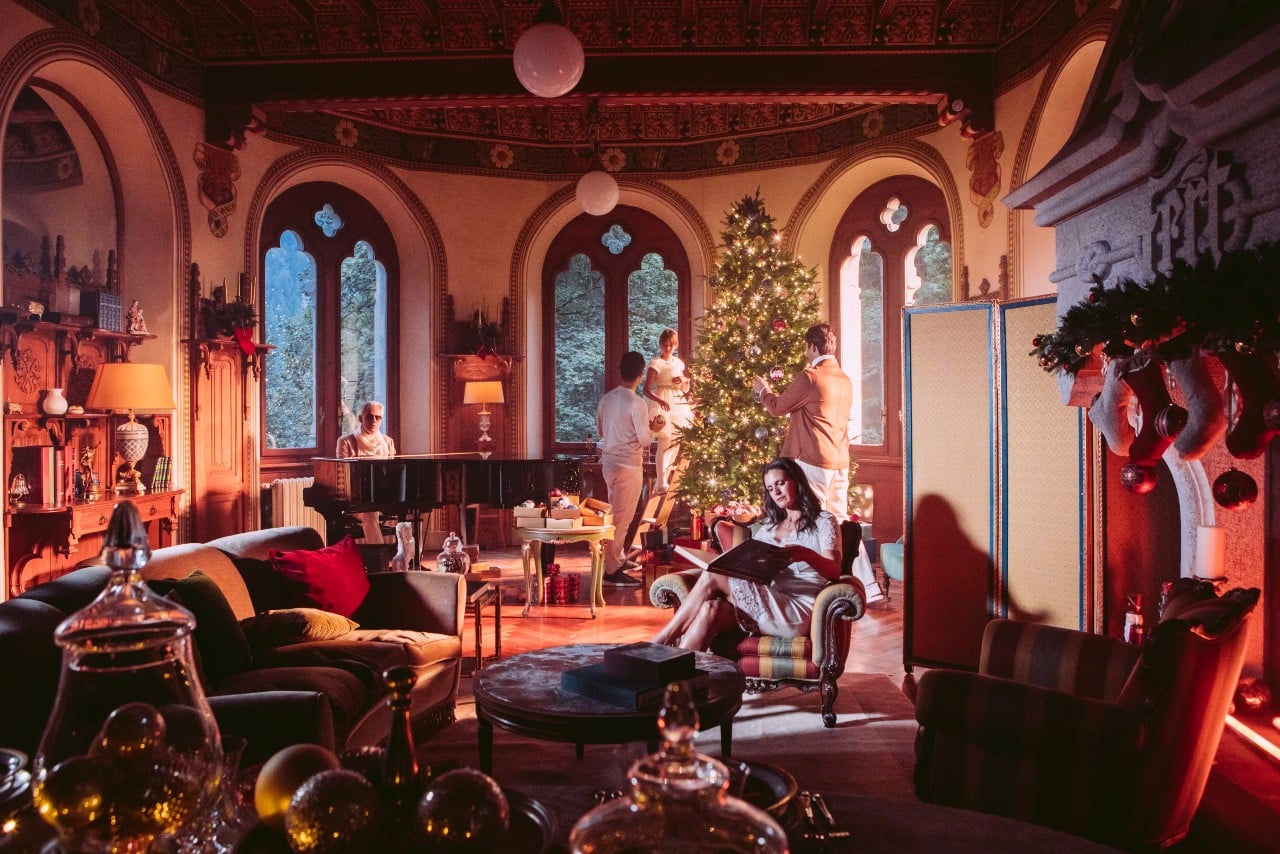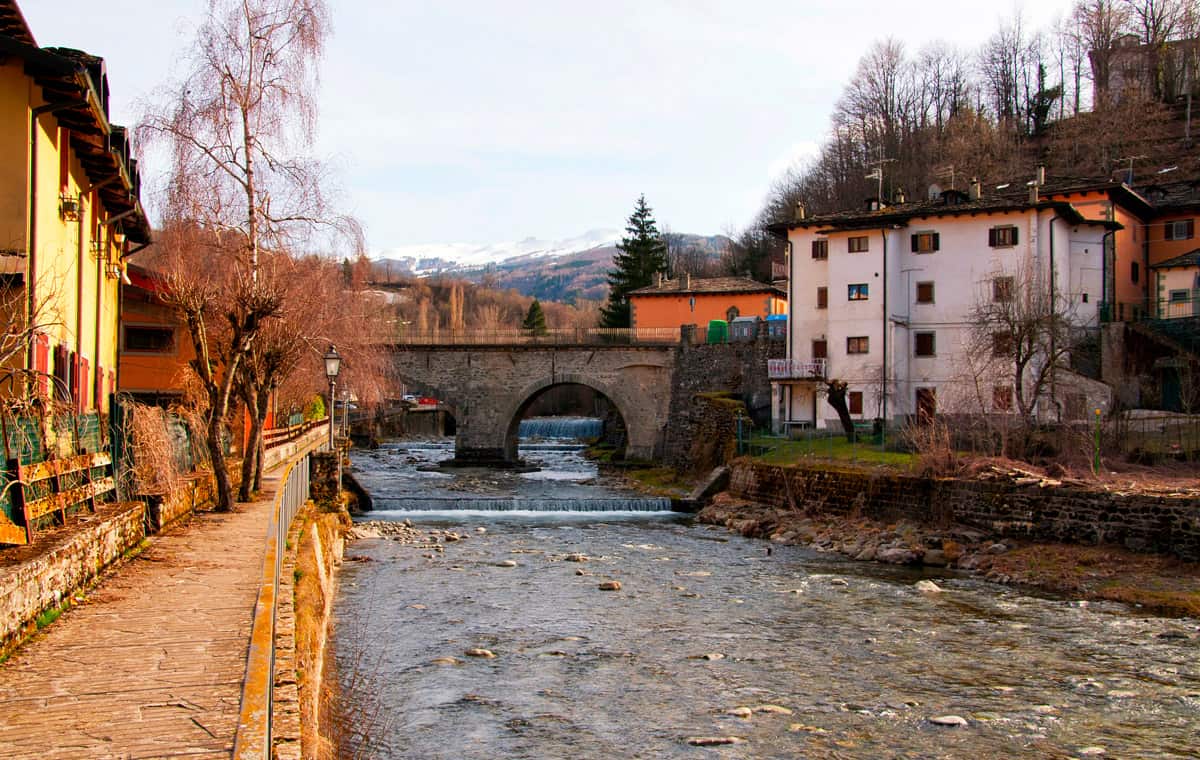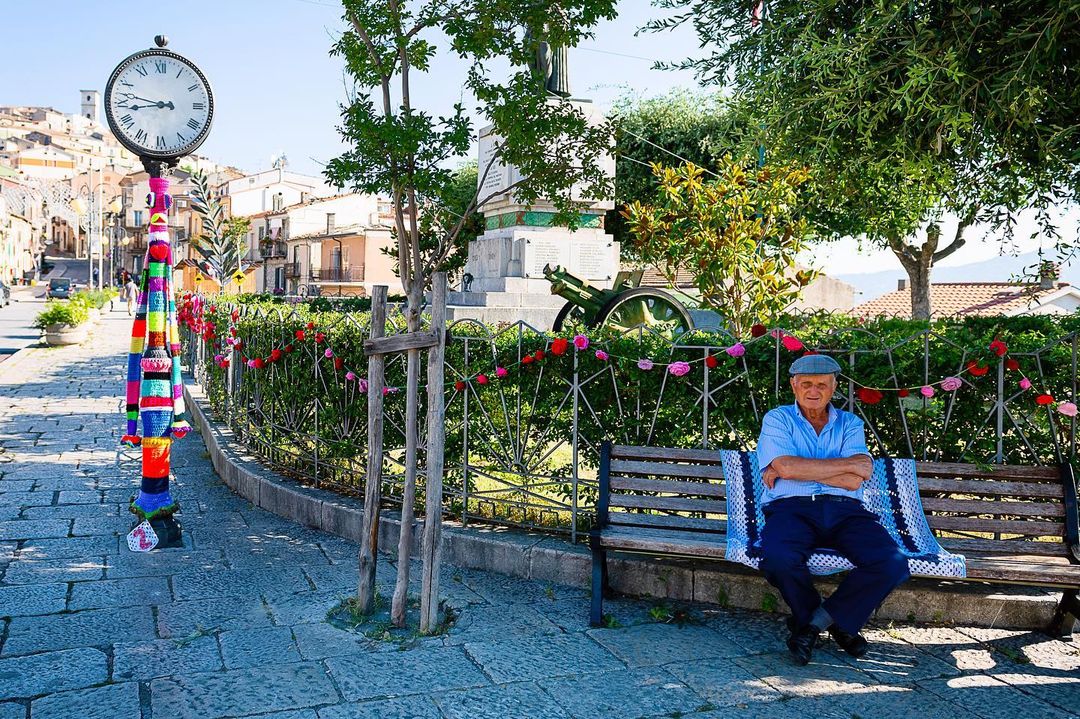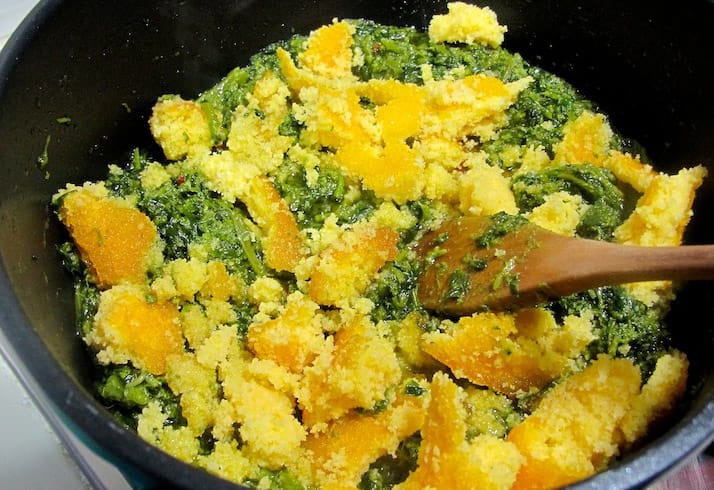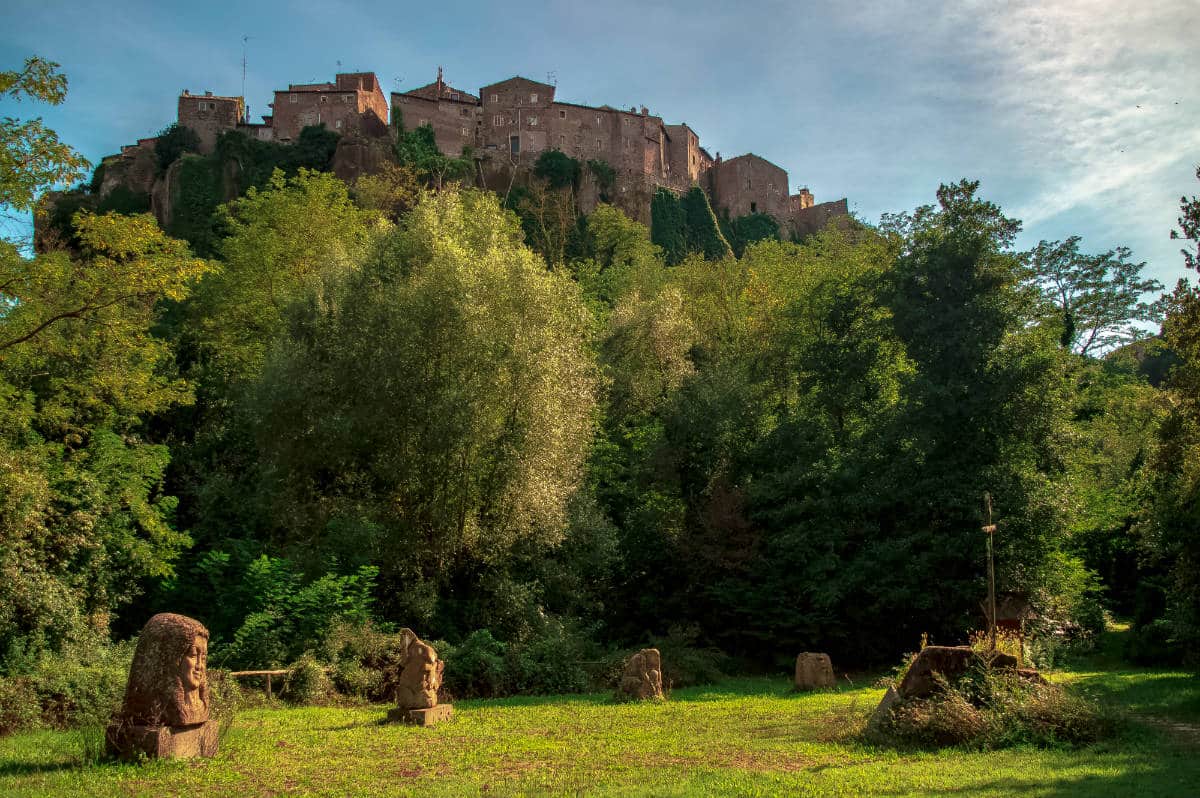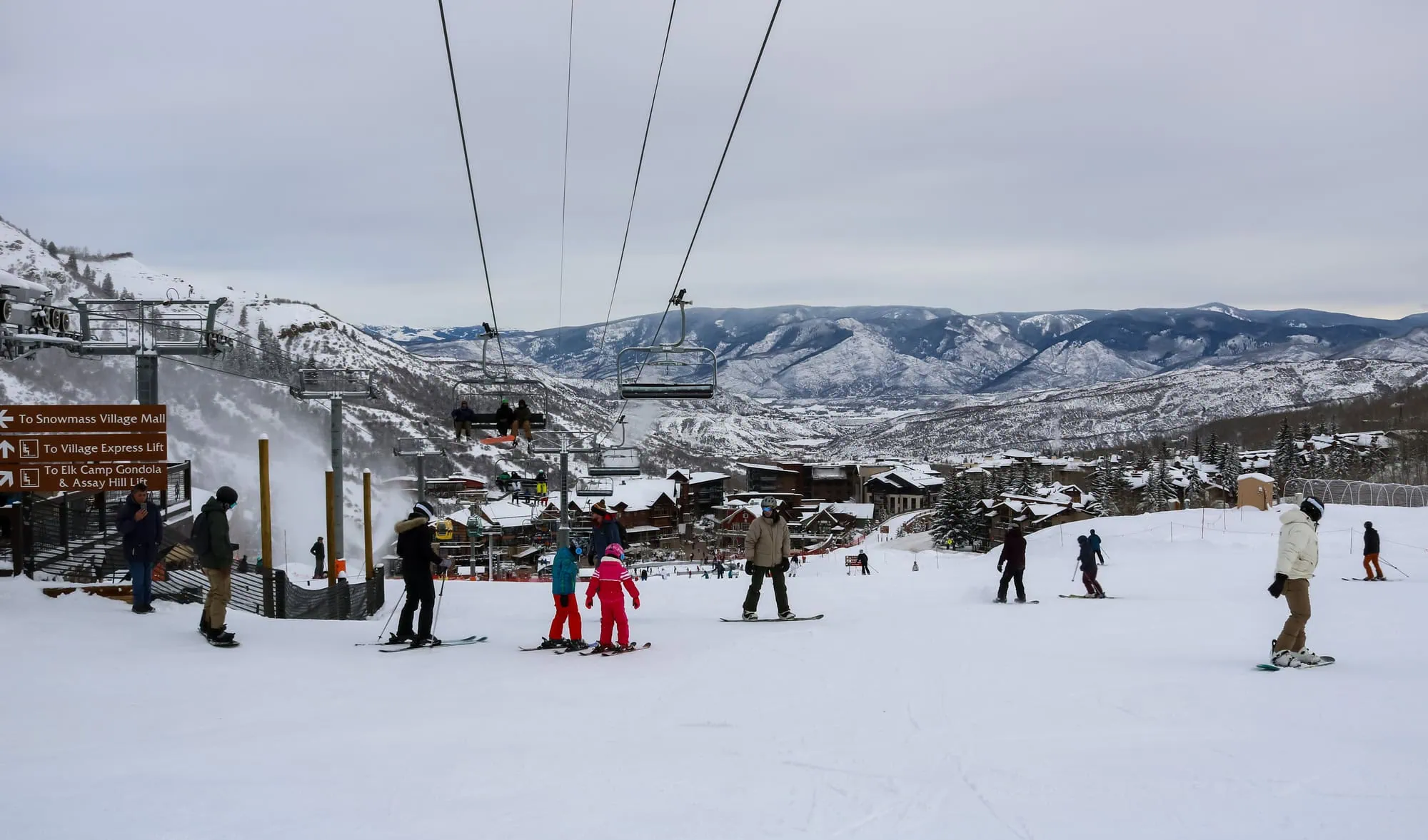Streets of Guatapé
A palette of colors already in nature: from the deep green of the tropical forest to the crystal blue Caribbean sea to the multicolored liveries of the fauna in Serranía de Chiribiquete National Park, the largest in the world. But the appetite for color in Colombia does not end there: traditional clothing and handicrafts among the most flamboyant in Latin America, multicolored colonial houses and neighborhoods, miles of walls frescoed with street art. Anthropized Colombia is a concentration of small Andean pueblos and hamlets that have remained intact even though they are often incorporated into large conurbations, such as San Javier, better known as Comuna 13, a village perched on a hill on the edge of the urban agglomeration of Medellin. The village’s colorful graffiti, which cover the walls of the houses, narrate the historical events that occurred here: from one of the most violent places in the world, home to drug traffickers, including the notorious Pablo Escobar, to the recent redemption that occurred thanks to the work and will of its people. Comuna 13 is now a major tourist attraction and the escalator that runs through it constitutes a true museum tour among the murals. Here the unmissable stop is at the Museo de Caffè, where you can taste a colorful cholado, the typical drink made of frozen fruit.
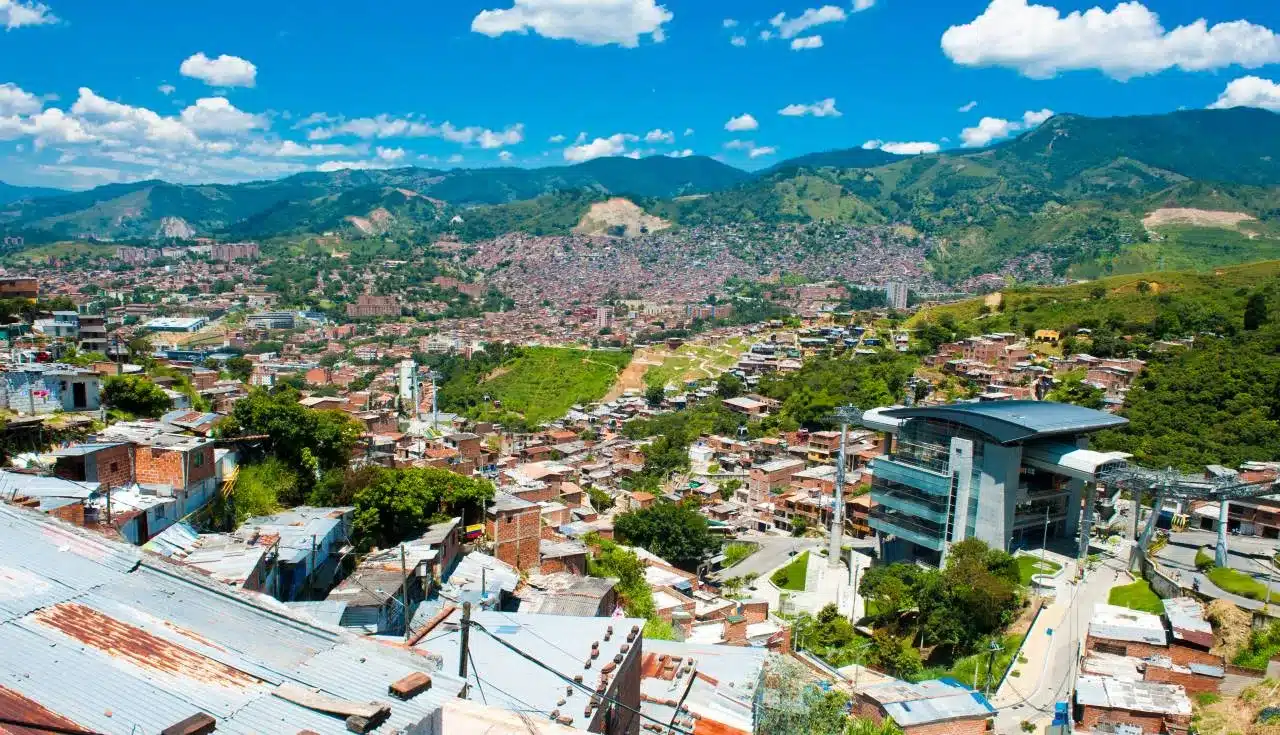
The nature of the town of Guatapé
The pueblo Guatapé is an Andean hamlet 2,000 meters above sea level, two and a half hours from Medellín. Here in the traditional hamlet of Marinilla, art is present in every building: local people use to paint their houses in bright hues, often with carvings and high reliefs called zocalos. The subjects are floral, animal, related to business activities or travel memories of the family living in the house. The desire for color is also reflected in the tour buses and in the dishes of the (few) restaurants with local cuisine such as Fogata where, amid the notes of Andean music, one can taste bandeja paisa a dish of beans, rice, meat, sausage, cornbread, avocado and tomatoes. But Guatapé is also famous for a natural feature, the Piedra de Peñol, an imposing monolith that rises above the land: the 220-meter climb is made on a steep concrete staircase, and the effort is rewarded by an exceptional view of the lake and the endless greenery of the surrounding softly mountainous terrain.

Coffee break in Salento
In the heart of the Andes, in the department of Quindío, amidst coffee plantations, rises 1,890 meters above sea level Salento, one of the most beautiful villages in Colombia. A colorful settlement made up of colonial-style cottages, many of them built using the technique of traditional Bahareque architecture. This is an ancient construction system used by the Native Americans of Colombia and Venezuela that involves the use of sticks, woven reeds, and unfired earth-a true lesson in architecture with zero environmental impact. Folkloric village life takes place starting in the afternoon along Calle Real: the rhythms of Latin music accompany the swarming of local life and tourists among craft stores, quaint businesses, and the smells of cafeterias and bakeries where you can taste the excellent coffee accompanied by arequipe (a kind of caramel and coffee pudding). Salento is also the starting point for trekking to the Cocora Valley, a surreal landscape designed by the Palme de Cera: up to 60 meters tall, they are the tallest in the world, a botanical rarity found only here.
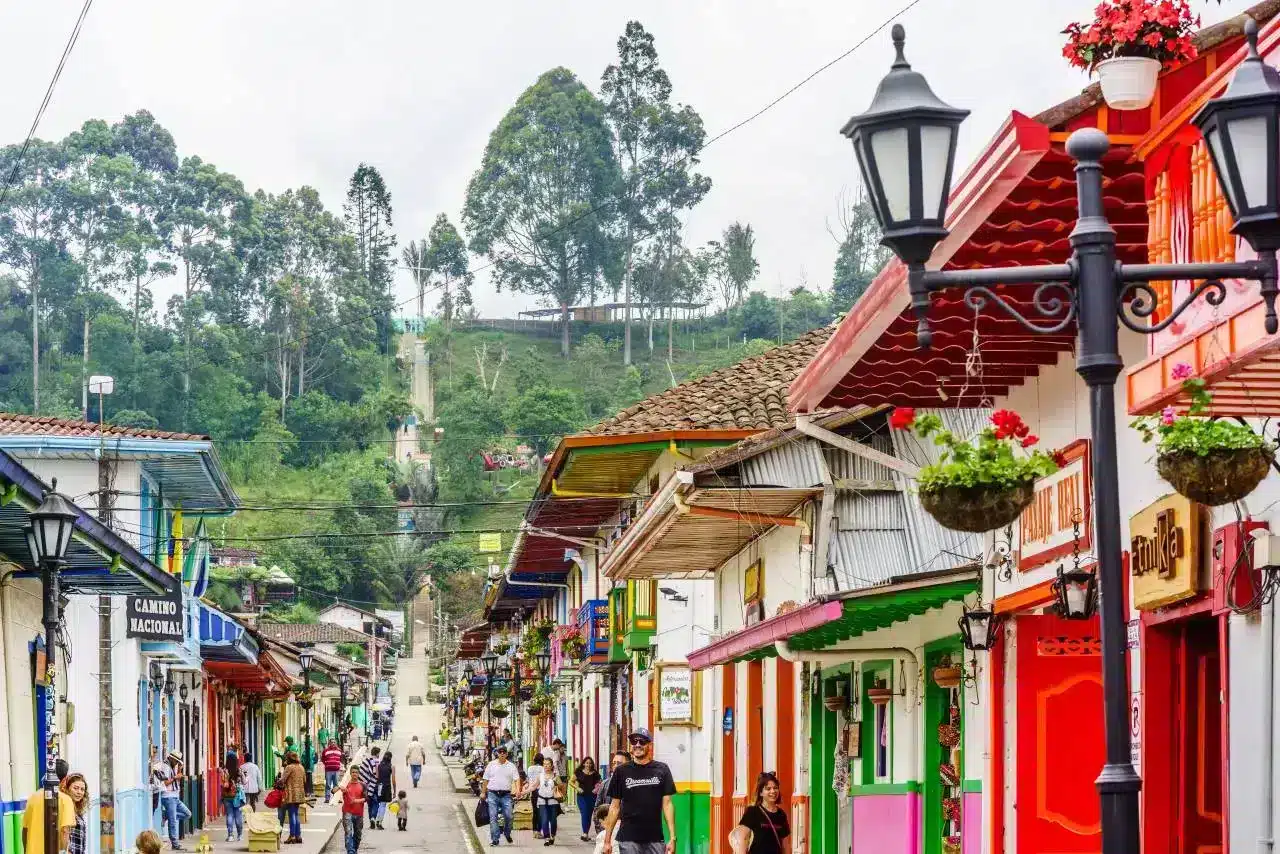
Ráquira the village of potters
Color in Colombia is not only found in settlements, it permeates so many human activities such as handicrafts passed down from generation to generation. Ráquira, a picturesque Andean village on the eastern cordillera, is famous throughout the nation for the high quality of handicrafts produced here, especially pottery and loom-worked textiles. The very name Ráquira means “village of potters” in the ancient local Chibcha language: pottery making here is still inspired by pre-Columbian techniques and design, and is such an ingrained culture that it can be found not only in the furnishings, but also in the facades of houses and street furniture. To get in tune with the village, the advice is to visit the traditional Sunday farmer’s market, which represents a glimpse into the lives of the locals: a riot of colors among objects, foods, fruits and vegetables and where you can enjoy excellent street food of roasts cooked in the open air, accompanied by Club Colombia national beer with its unmistakable bright gold label.
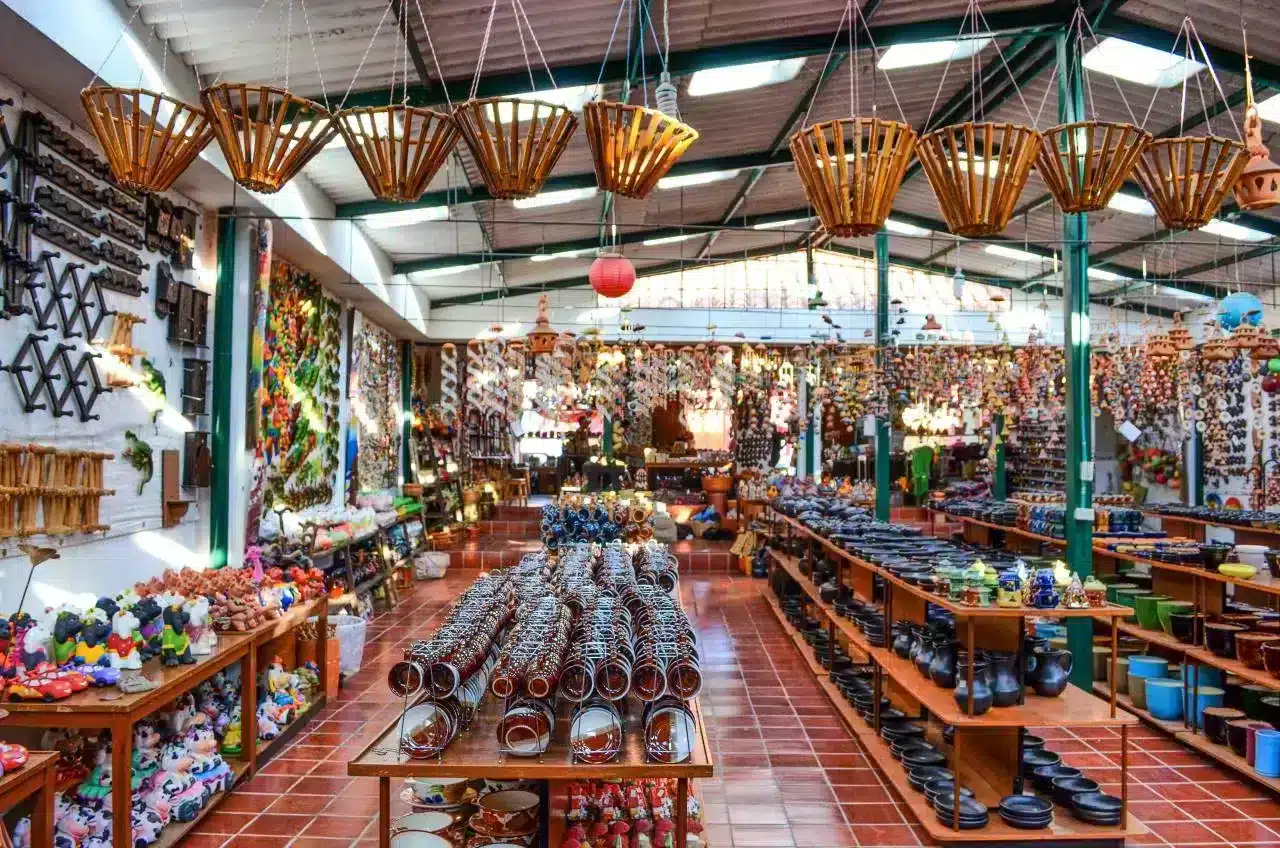
Stories of pirates at Ciudad Amurallada
On the Caribbean coast, Cartagena de Indias is a de facto city, but the conformation of the coast has meant that, totally unrelated to its growth, the old 16th-century colonial village, the Ciudad Amurallada, has survived with its own identity. In history it was a strategic and wealthy port, continually plundered by pirates and for this reason fortified, so authentically preserved that since 1984 it has been listed as a World Heritage Site by Unesco: an intrigue of cobbled streets alternating with squares, centuries-old gardens, small courtyards, churches and historic buildings characterized by their polychrome facades and carved wooden balconies. Don’t miss a visit to the Gold Museum, which exhibits gleaming precious objects made by the Zenú culture before the Spanish conquest, while the lunchtime rendezvous is in the very central Plaza Santo Domingo, at the small restaurant il Porton de San Sebastian: here true Caribbean cuisine is served, with meat and fish a la plancha accompanied by brightly colored local vegetables.
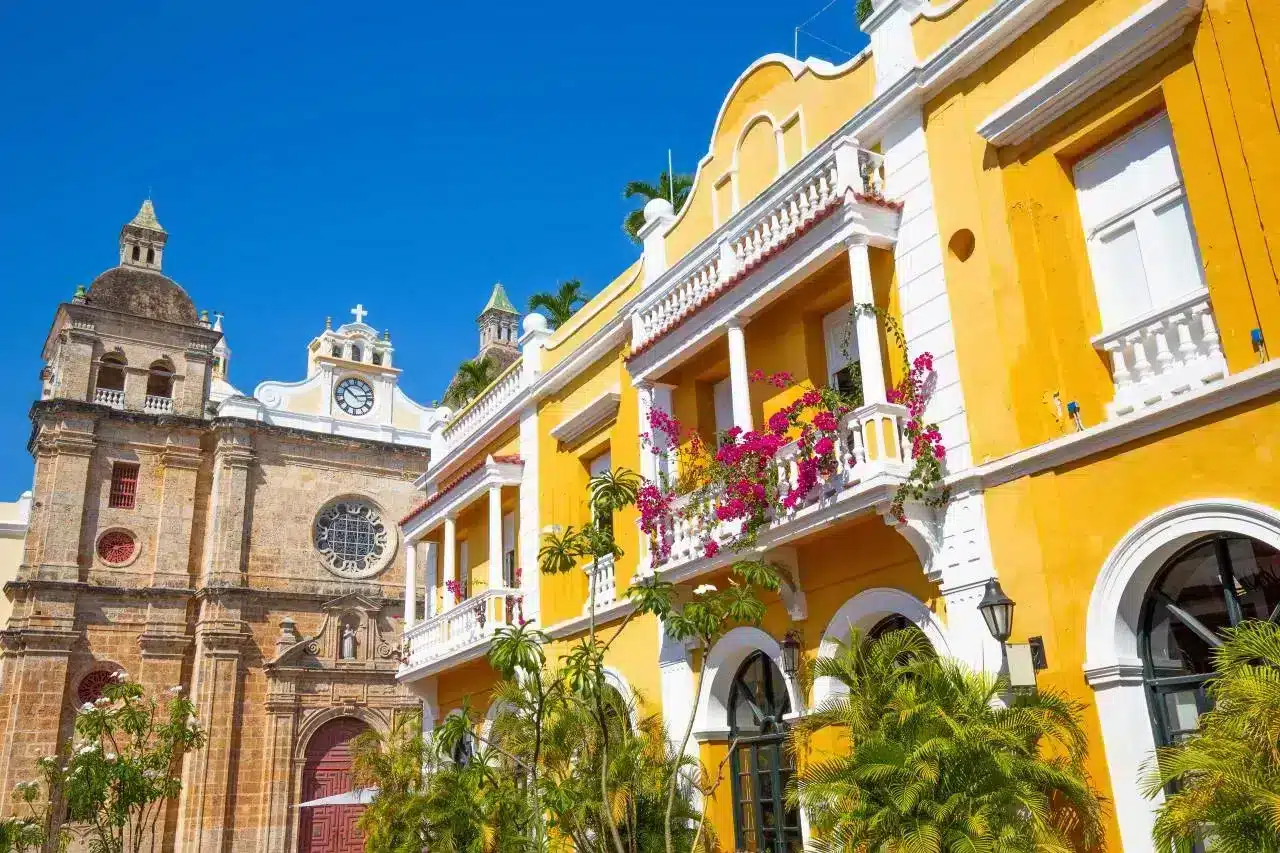
photo by Shuttershock/Depositphotos




